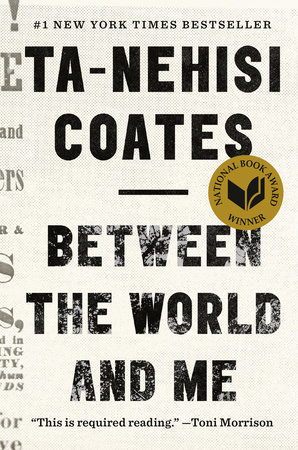Danielle Braff, "Time to Snuggle Up with a Good Book and a Candle: Scents From the Old-Fashioned Reading Aid Can Help Transport You to Another Place and Time,
New York Times, Jan.13, 2019, p.ST3.
Candles are also now a common impulse purchase at independent bookstores. There are shelves upon shelves of literary-themed ones at the Strand in New York.
If you like to read on a rainy day but it's sunny outside there's Rainy Days Reads ($32.95). Or if you want to pretend you're in a library, complete with that musty scent of the books and the waxed, creaky floors. there's Enchanted Library ($24.95).
"We've learned one thing from our customers: Nothing goes together quite like candles and reading, " said Leigh Altshuler, a spokeswoman for the Strand. "Except candles and coffee and reading, and maybe candles and coffee and cats and reading."
COMMENT
The author declares with no small amount of snark, "It's not enough just to read anymore. It's not even enough to post your reading on Instagram anymore. Today, you have to create an atmosphere to show just how analog and sensual you're being."
In this evaluation, "analog and sensual" are just for show and kind of pretentious to boot. But what if they're not? What if people actually experience online reading as a form of sensory deprivation? After Amazon.com nearly destroyed the business of bookselling, independent bookstores and small presses are making a comeback. The reason seems to be that people genuinely crave an analog, sensual experience to enjoy along with their data acquisition.
Digital reading only focuses on one narrow part of the reading experience -- the part where someone locates some useful bit of data. This concept of reading encourages perverse behavior where people collect digital files on a computer and imagine they have learned something without ever reading at all. When librarians embraced ebooks as more convenient and cost-effective than print they failed to acknowledge that convenience and price are not the most important reasons why people chose what to read.
Actually reading a book is a big time commitment that can take days or weeks to complete. There is a whole process of selecting what to read through reviews, recommendations, browsing and following the threads of shifting interests. Once a book is selected it's followed by experiental immersion in reading. There is often a post-reading communal experience of book clubs or conversations about books. If the process were not enjoyable, it's unlikely that anyone would put in the kind of time it takes to do it right.
Nonetheless, overzealous digital futurism made many librarians feel ashamed to promote the old-fashioned pleasure of reading. Reading is touted for qualities of information, data, convenience and access. In the article, the scents that conjure "library" are described as woody, musty, waxy, and leathery with a hint of cinnamon. it was up the the candlemakers to realize that people associate the library with pleasures such as "Bibliothéque," "Old Books," and "Lost in the Stacks," Once the reading experience is understood as sensory, it's natural to make the association with candles, coffee and cats. I would buy a candle that smells like coffee and dusty sun-warmed cat fur.



